Preschooler’s room, or how to separate functional zones in a children’s room
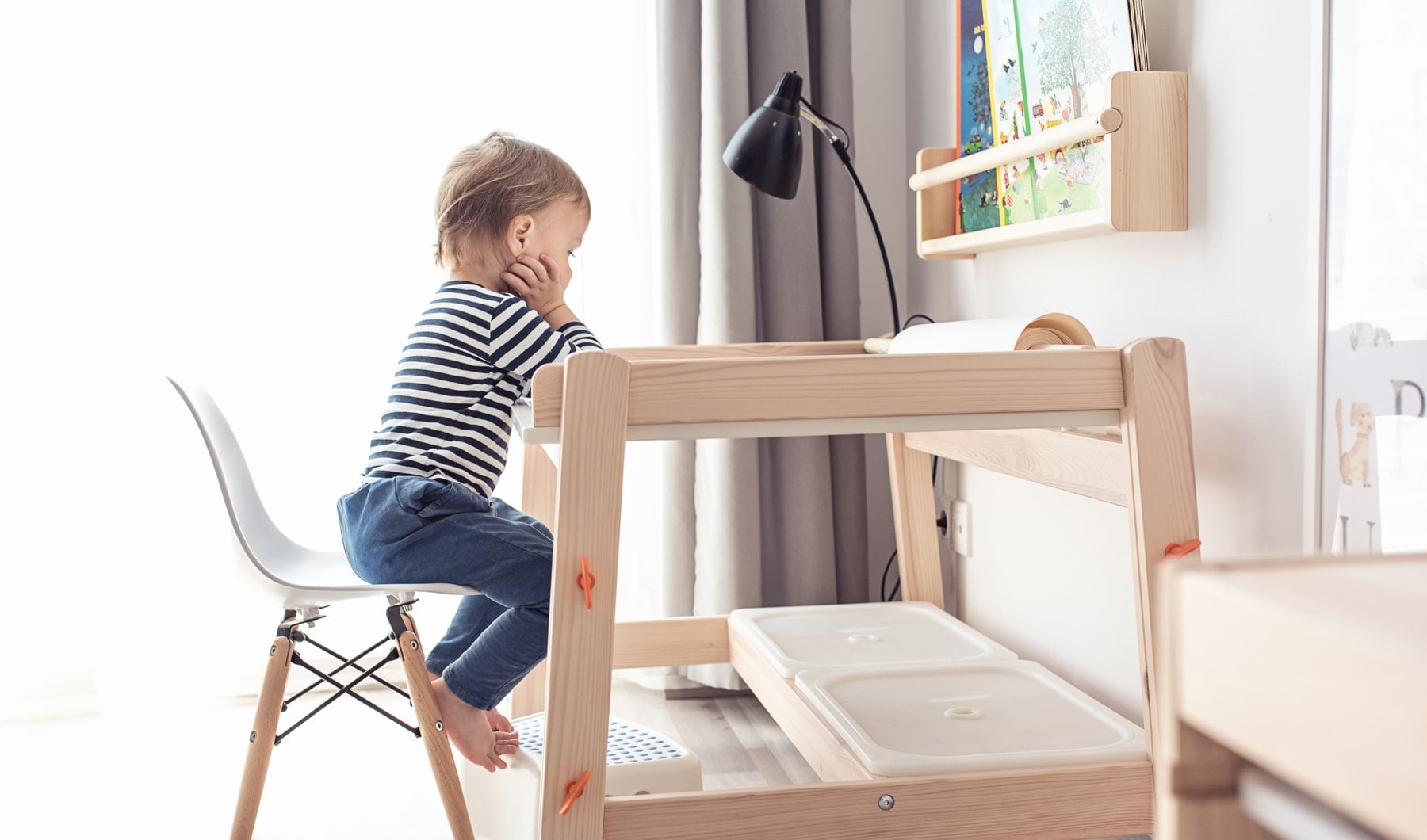
As the child grows, his needs change, so gradually some of the furniture and gadgets disappeared from St. Nicholas’ Children’s Room, replaced with elements more suitable for an adolescent boy. And so from our baby’s room only the wardrobe and bed remained, and the room evolved into a kindergarten’s children’s room with separate sleeping, learning and fun areas. I invite you inside.
A signpost for arranging a preschooler’s room
Having decided on a new arrangement and arrangement of the room, we decided that the signpost that will lead us through the entire process of arranging the room for a three-year-old will be light. Thanks to this, our room will be not only functional, but also friendly to our eyesight.
Learning zone
What kind of preschool desk should you choose?
Of course, when you are 3, learning is only through play. Mikołaj’s beloved manual games, such as drawing, painting, pasting, sticking, coloring or molding, made his room appear biurko. Initially, we considered a low table and chairs, but due to the fact that a child of this age grows very quickly and his requirements for the height of the table top change, we decided to buy a desk that will serve us for longer. So we chose desk with adjustable height of the topwhich will be suitable for both our three-year-old and the first grader. Our desk has three built-in heights and at the moment we use it in the lowest position.

We chose a high chair for the desk and we chose those with a fixed height, which, although ideal for the height of the desk, unfortunately does not provide comfortable support for the baby’s feet, which is necessary to ensure a comfortable and correct position while sitting. However, it is very easy to remedy this by adding to the little one footreston which he can comfortably rest his feet.





Where is the best place to set up your desk?
To ensure maximum comfort of work at a desk, or a child or an adult, we should ensure the best access to natural light. The direction of the sun’s rays is also important here – the light should fall on the working surface of the desk from the side opposite to the leading hand. In our opinion, at least for the moment, Mikołaj’s right hand is the leading hand, so we placed the desk under the window so that the sun would illuminate it from the left side.
We hung above the desk the shelf, on which we keep our favorite books, and the whole also has a decorative function. It hung next to the desk alphabet learning poster – Mikołaj loves to approach him, show and name all letters, that’s why we hung him at a height appropriate for him. When the poster hung over the desk for some time, Mikołaj was not interested in it at all. Under the desk, on special shelves, we store all accessories for manual games: paints, crayons, markers or stamps.




Which desk lighting should you choose?
Although we enjoy the first days of spring and long evenings, we must remember that in the winter it gets dark very quickly and even at 15: 00, and on cloudy days practically from the very morning, performing various activities at the desk, we are forced to use artificial light.
The worst solution is an energy-saving fluorescent lamp, which blinks and causes tired eyes. Also, a traditional light bulb will not work well for us, because it does not provide uniform light, casting various shadows. That is why we decided to replace our desk lamp with one in which we installed it bulb with LED lightthat provides light solid and uniformwithout causing eye fatigue with flickering and ensuring the best comfort of work, offering the same illumination of the entire surface on which it falls. We chose LED bulb Toshiba – the classic bubble with 8,5 W power, corresponding to 60 W power in a traditional light bulb.
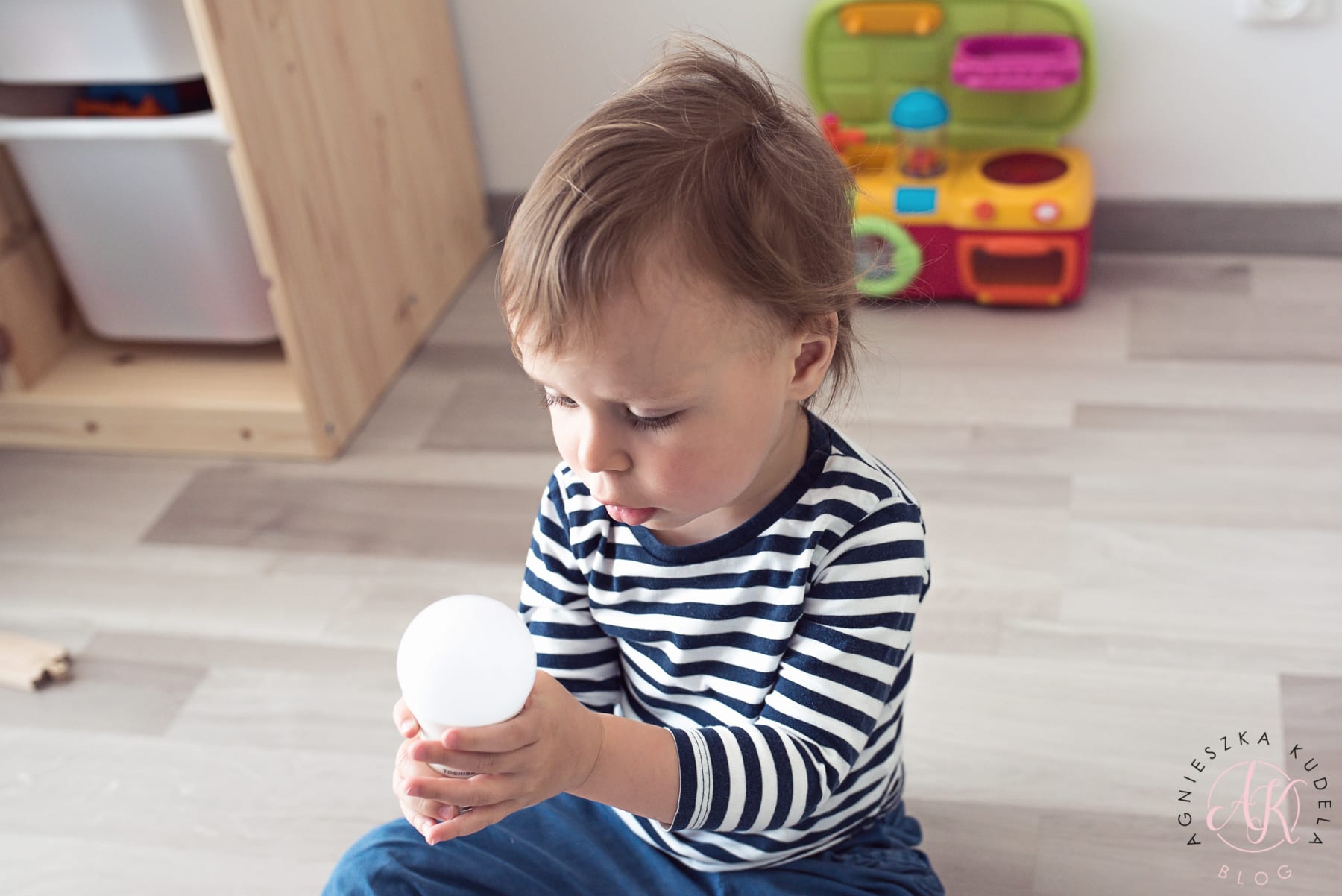
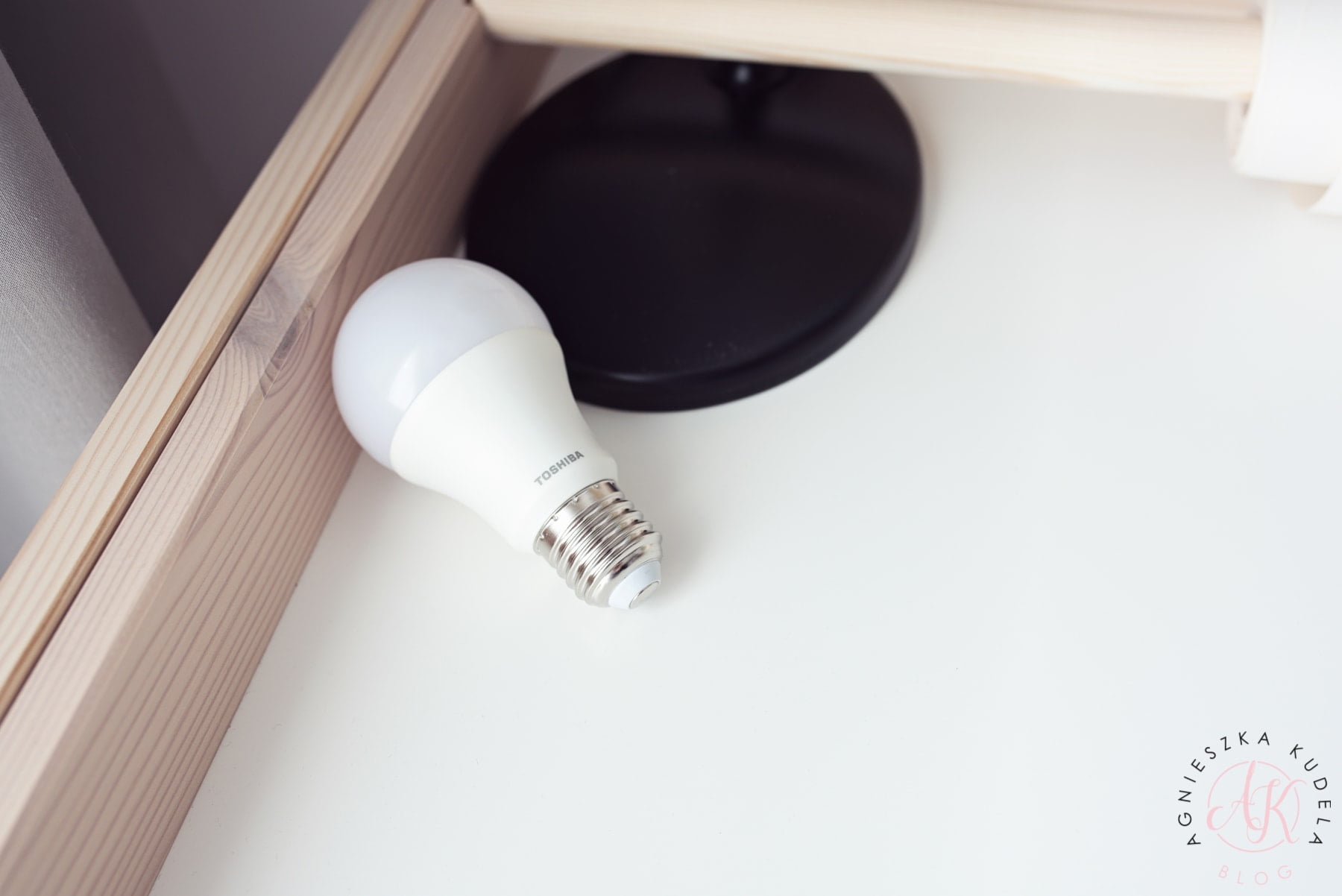

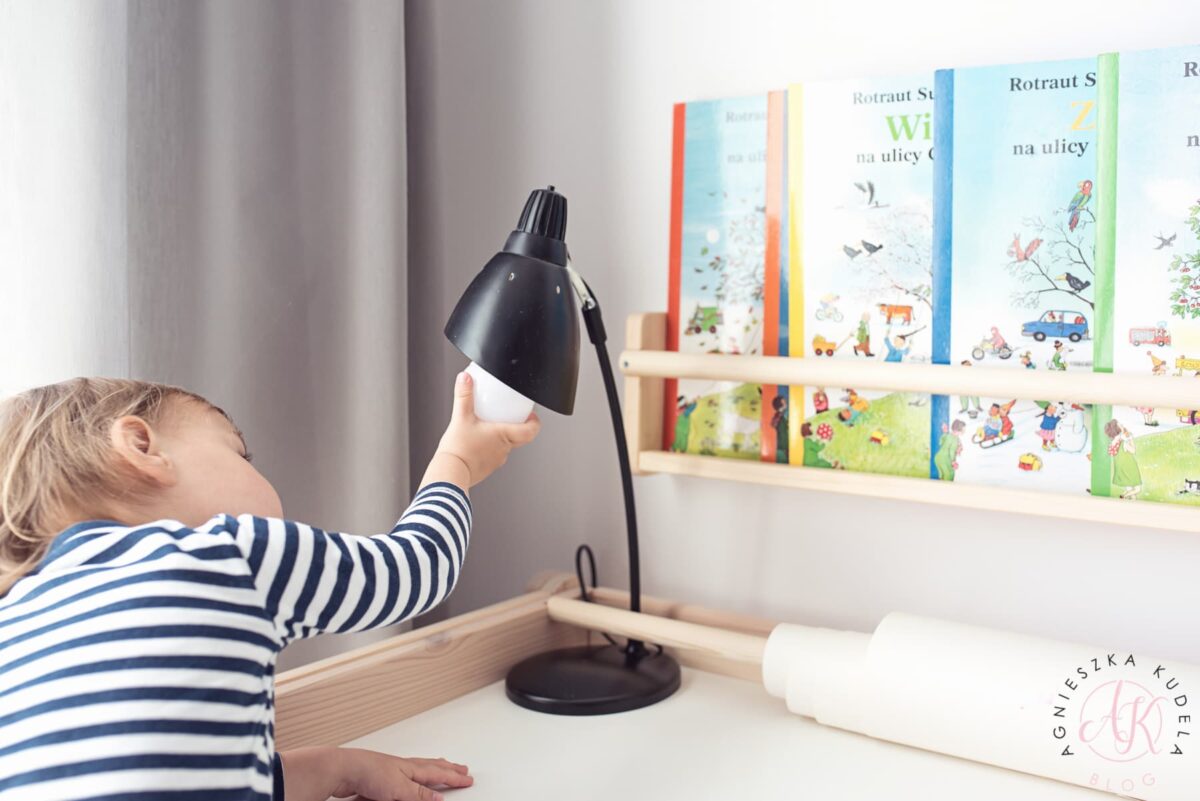

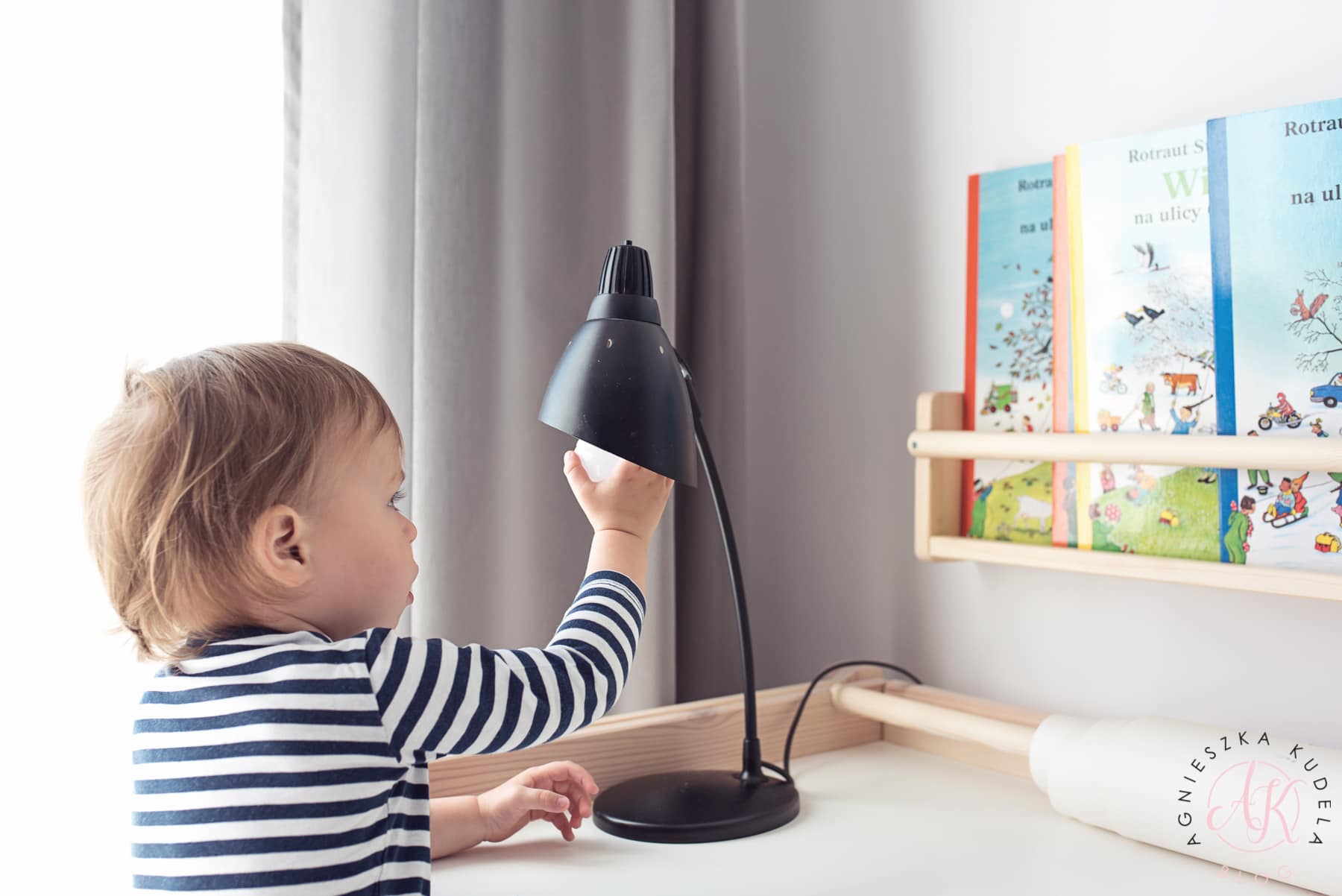
Fun zone
In preschool age there is no way to learn without funThat is why we have located a play area in the children’s room right next to the desk and poster with the alphabet, still near the window. In the previous version of the room, this zone was located in the corner of the room opposite the window, and it was definitely too dark and dark.
They came here two shelves – hanging and standing – with baskets for toys. At the moment, Santa has free access to all the containers and toys in the lower rack, and taking advantage of the fact that he does not reach the upper containers yet, we keep toys and educational aids there, which we always play together with (especially the very dirty ones).


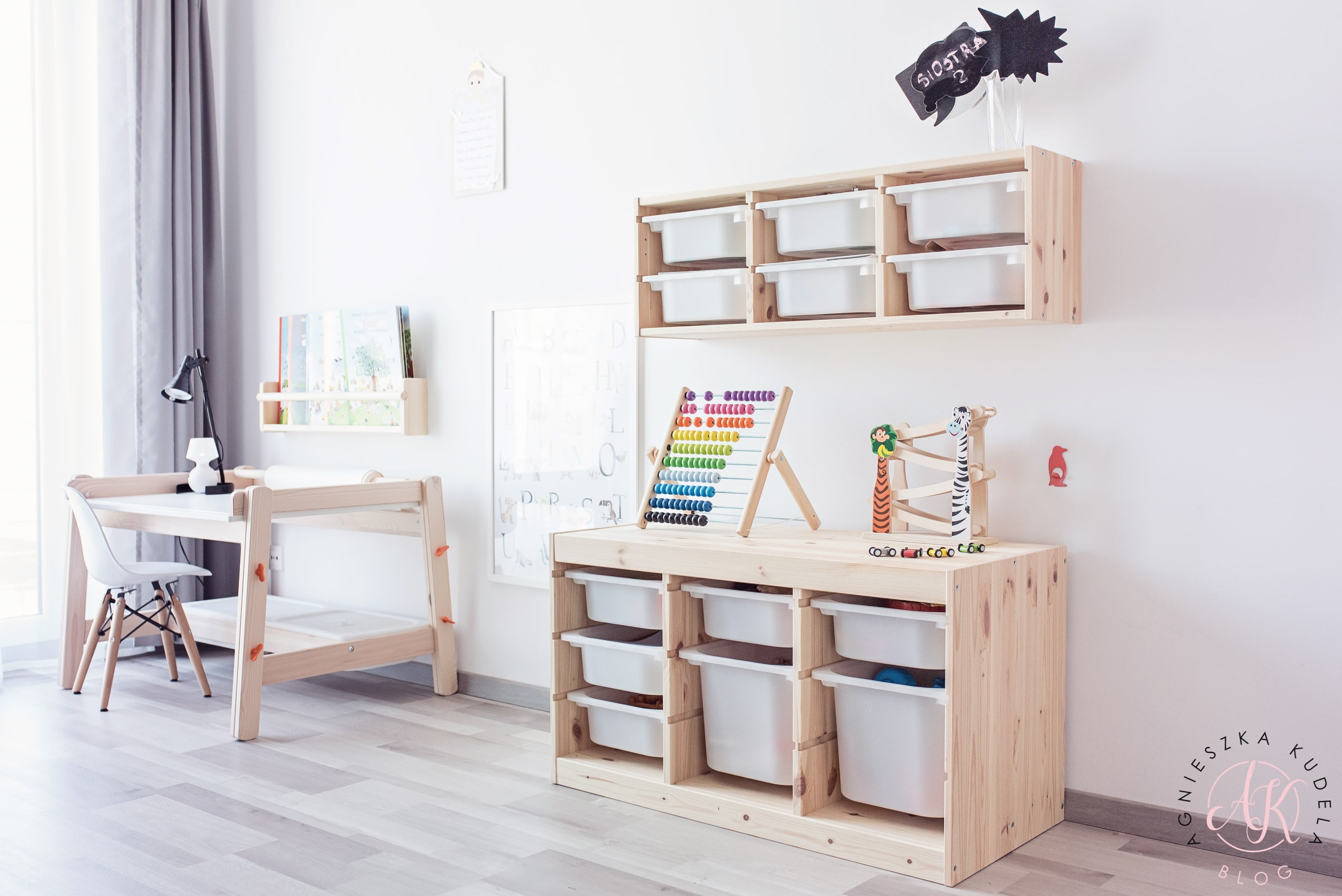
To make our children’s room even better stimulate to play and learn, we decided to take a bold step and one we painted the whole wall with blackboard paint in color… black! I admit that it is great fun for the whole family, and also a fantastic background for photos.



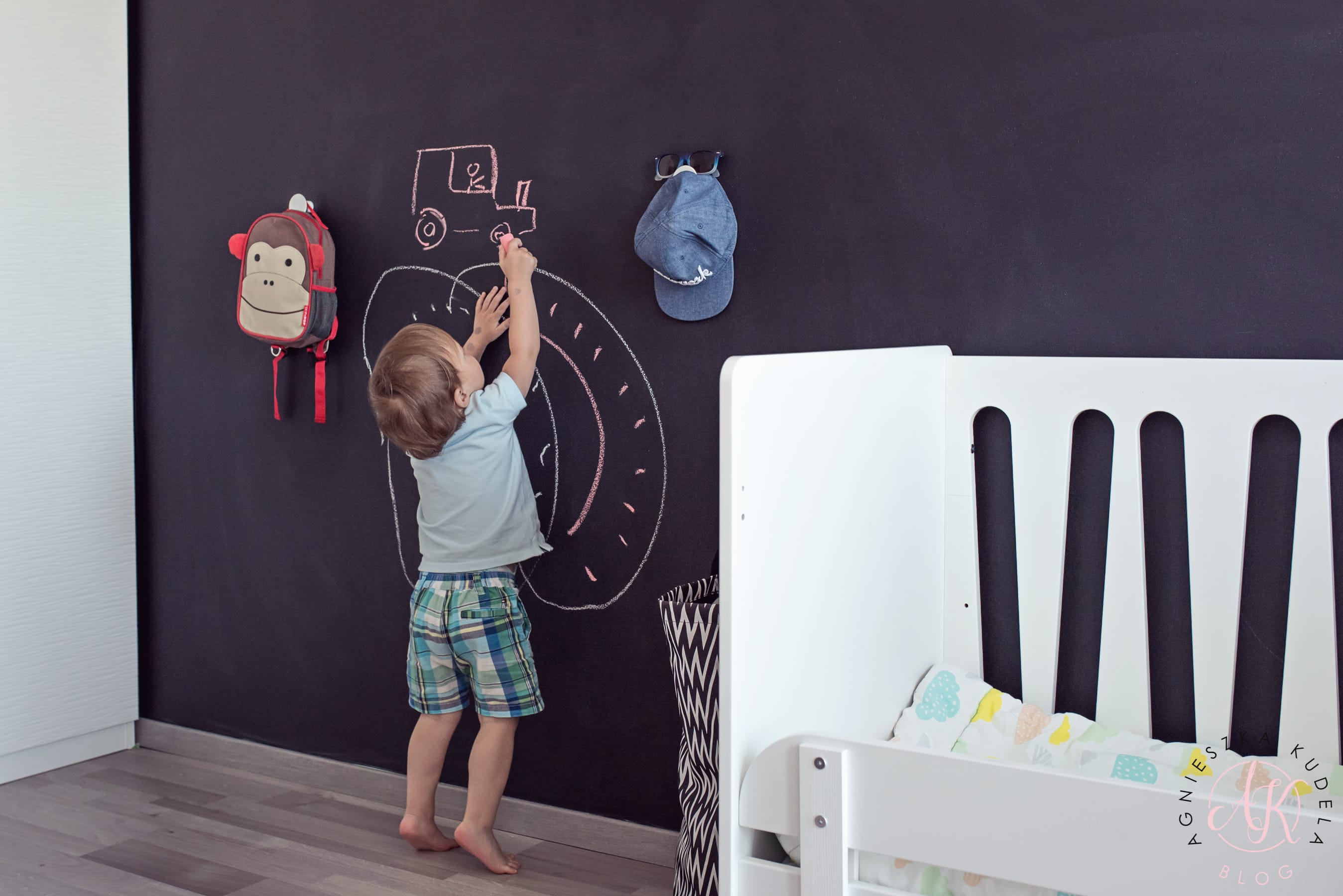
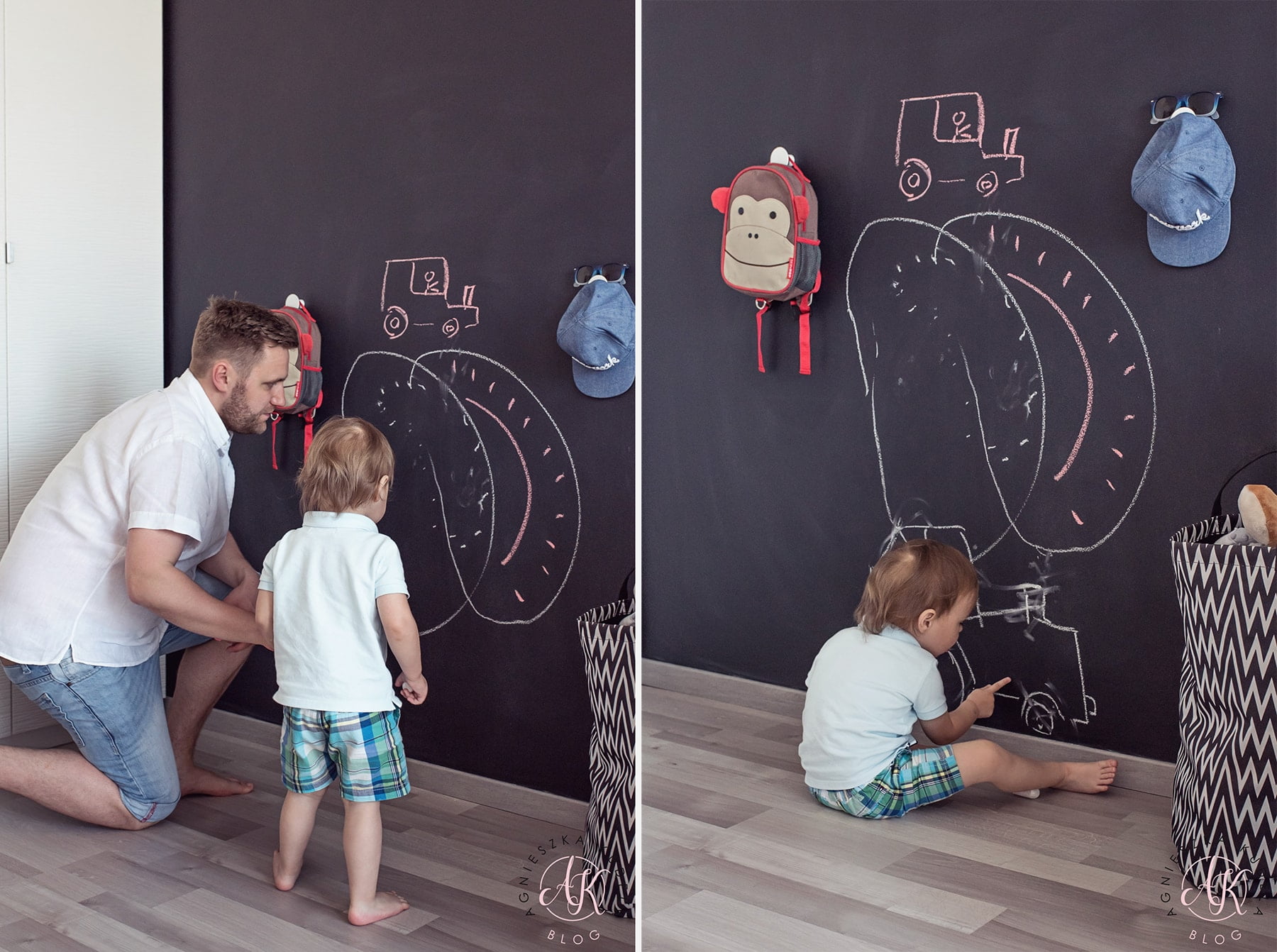
On this wall there is also a place for hanging up the backpackthat Santa carries to kindergarten. Packing it to kindergarten and hanging it out every day, it teaches self-reliance.
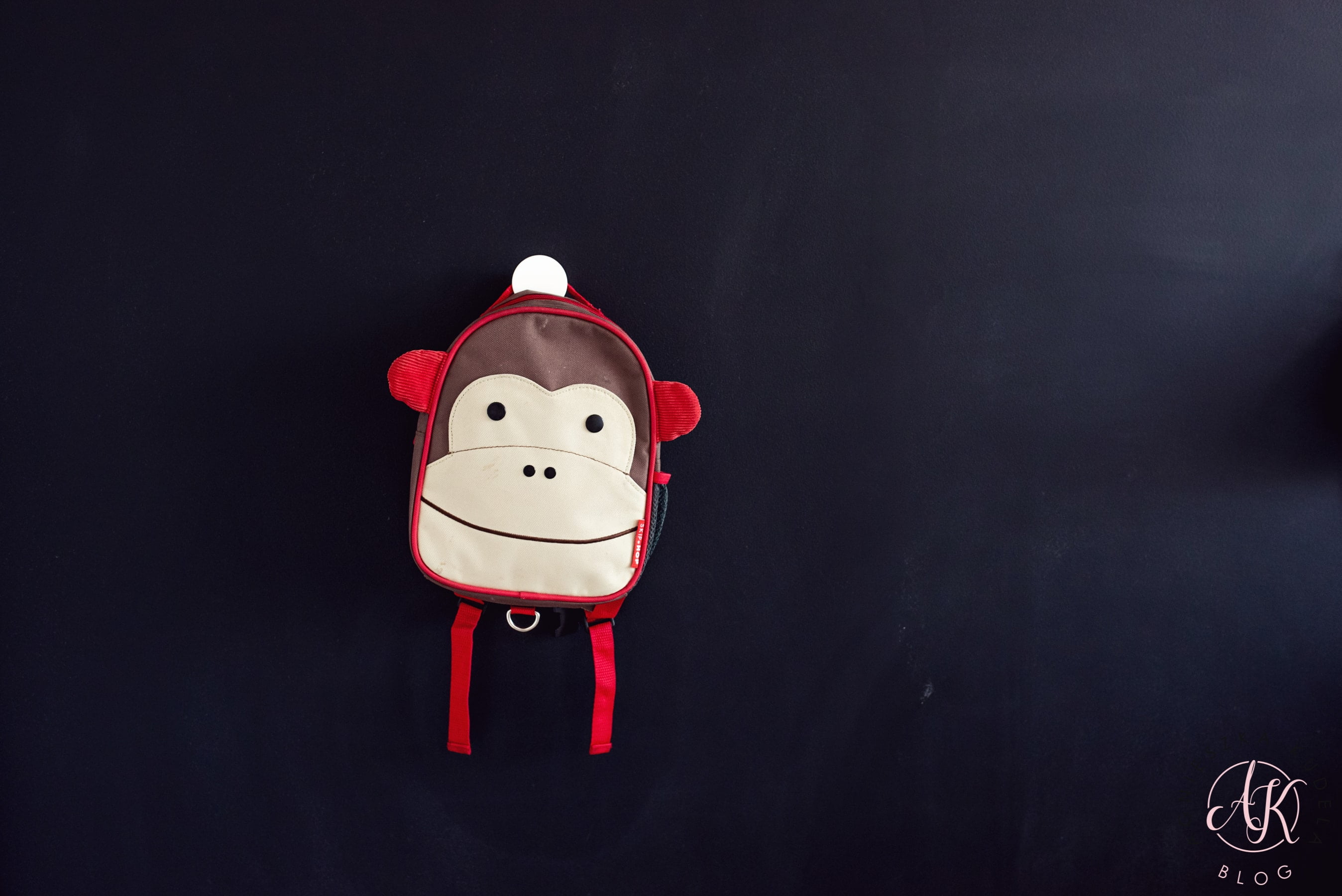
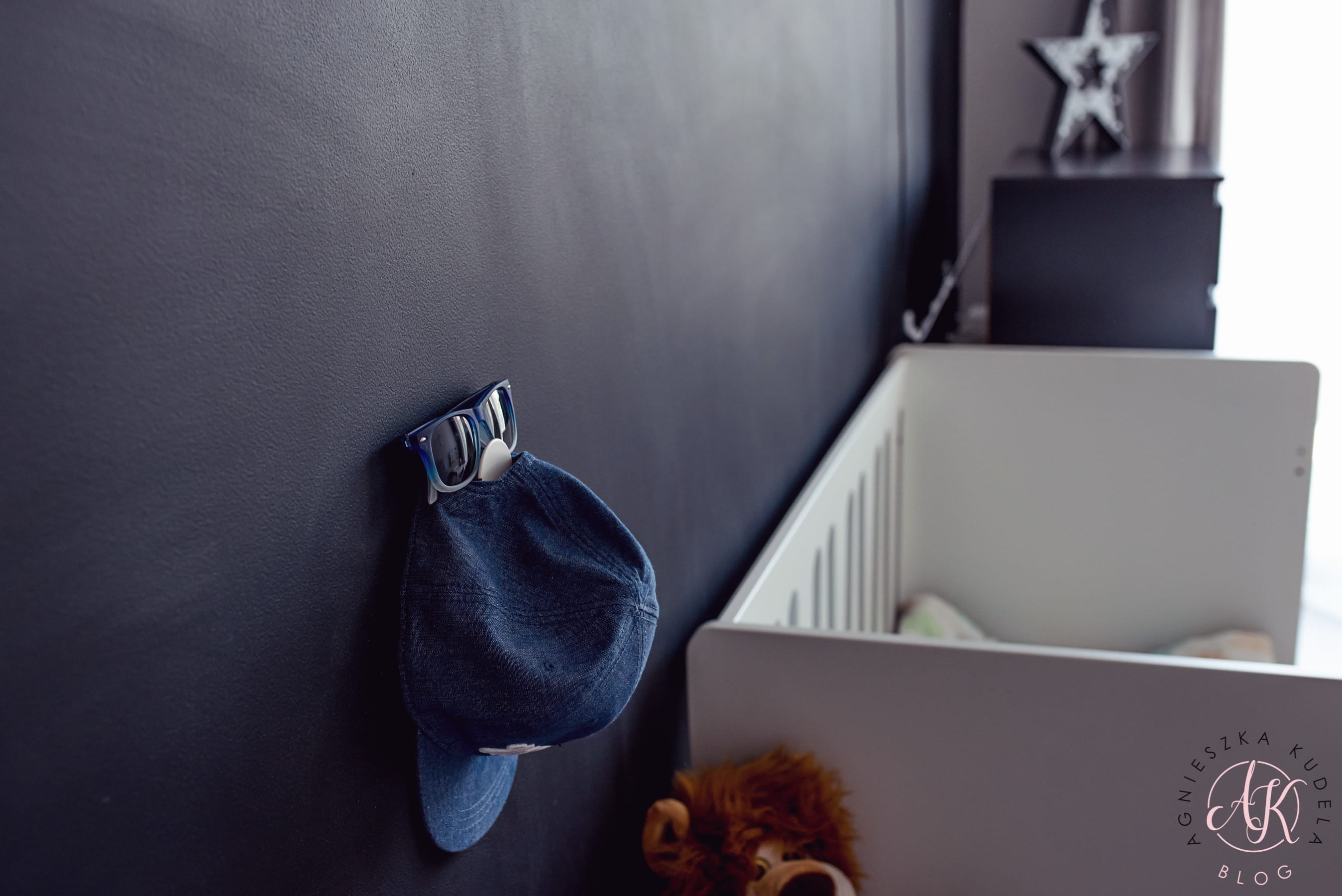


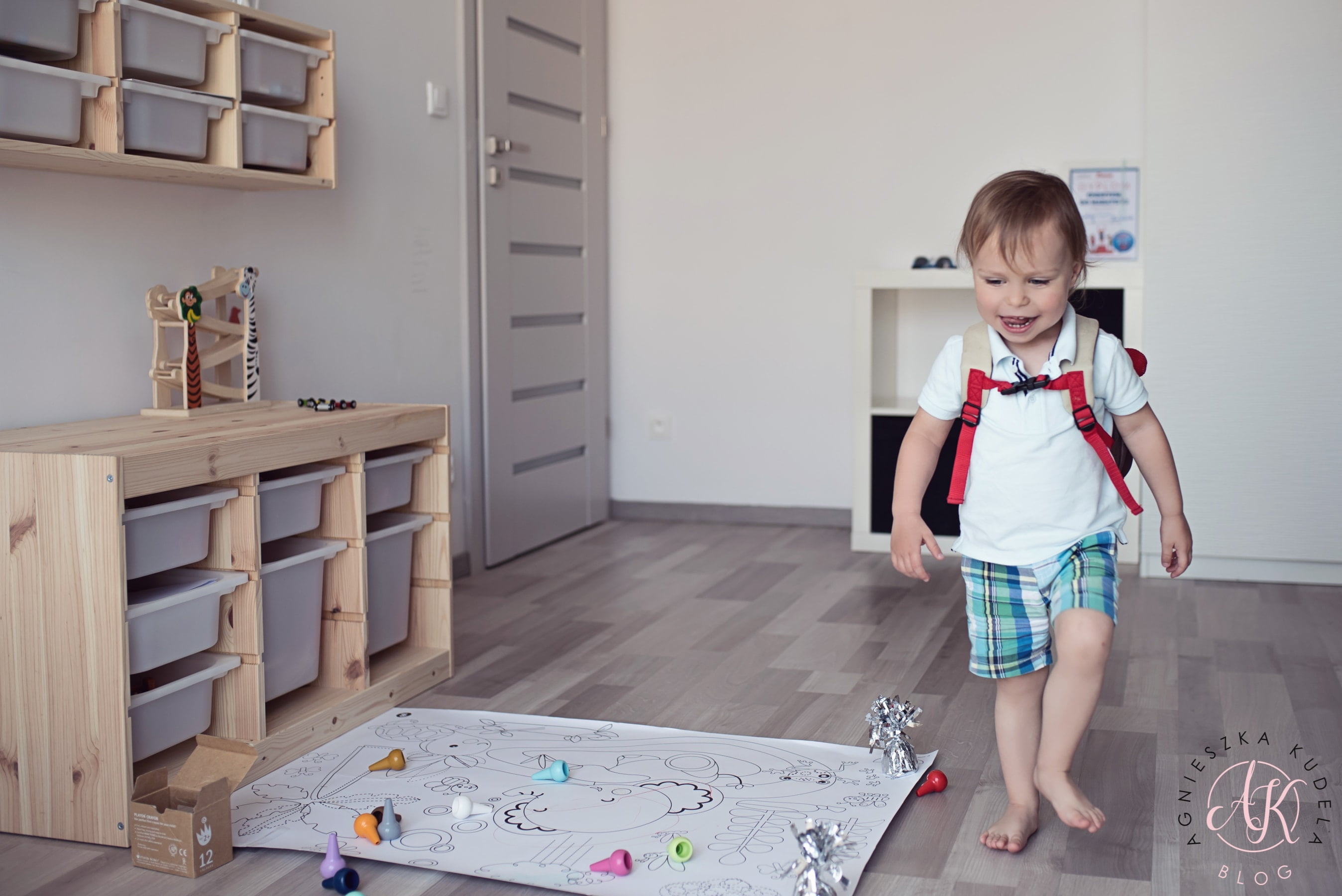
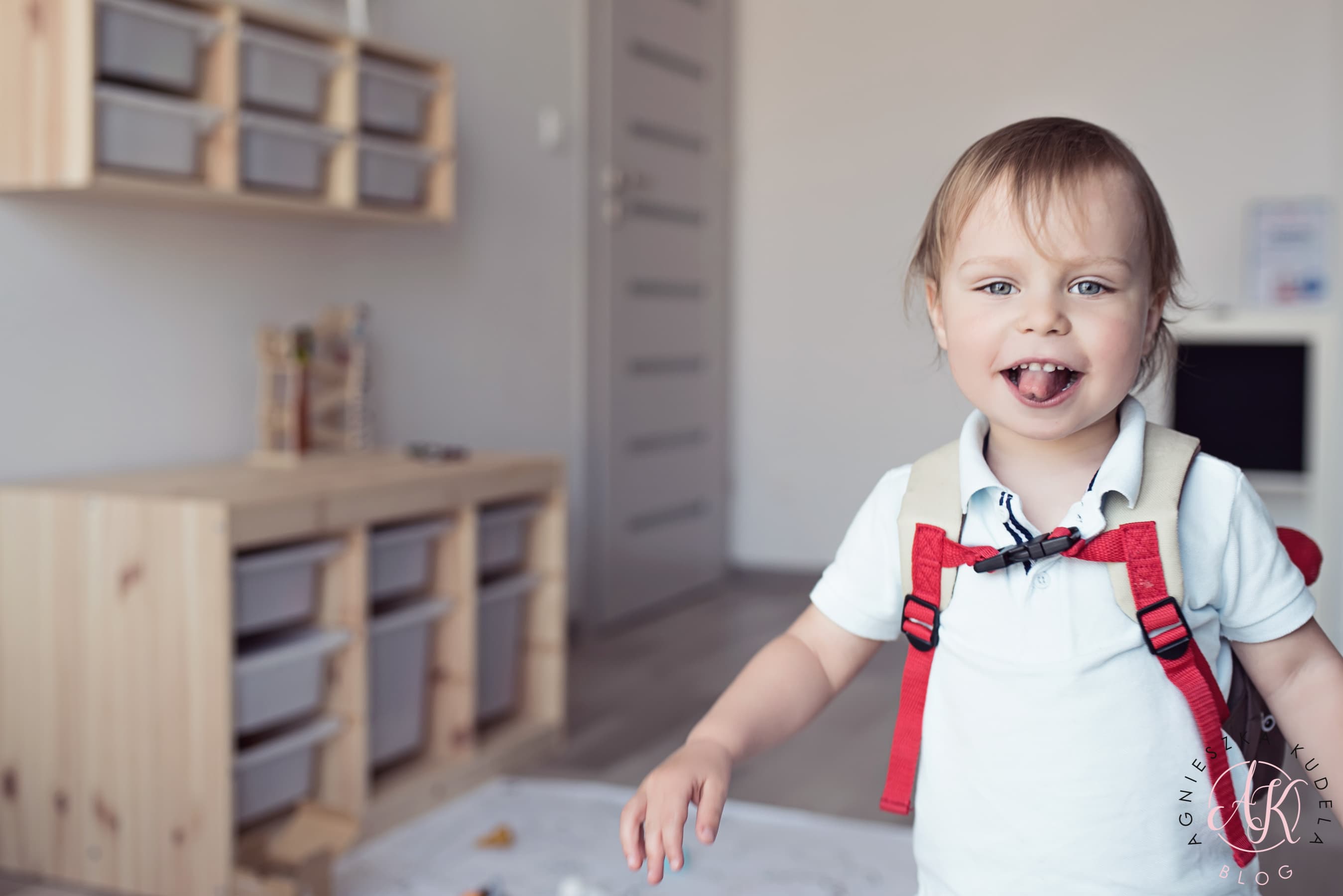

Due to the frequent construction of complex structures made of blocks or railway tracks, we gave up the soft and fluffy rugthat you know from the previous version of the room.
We decided in the room also stimulate physical activity – for this purpose, we hung it in the middle of the room swing.



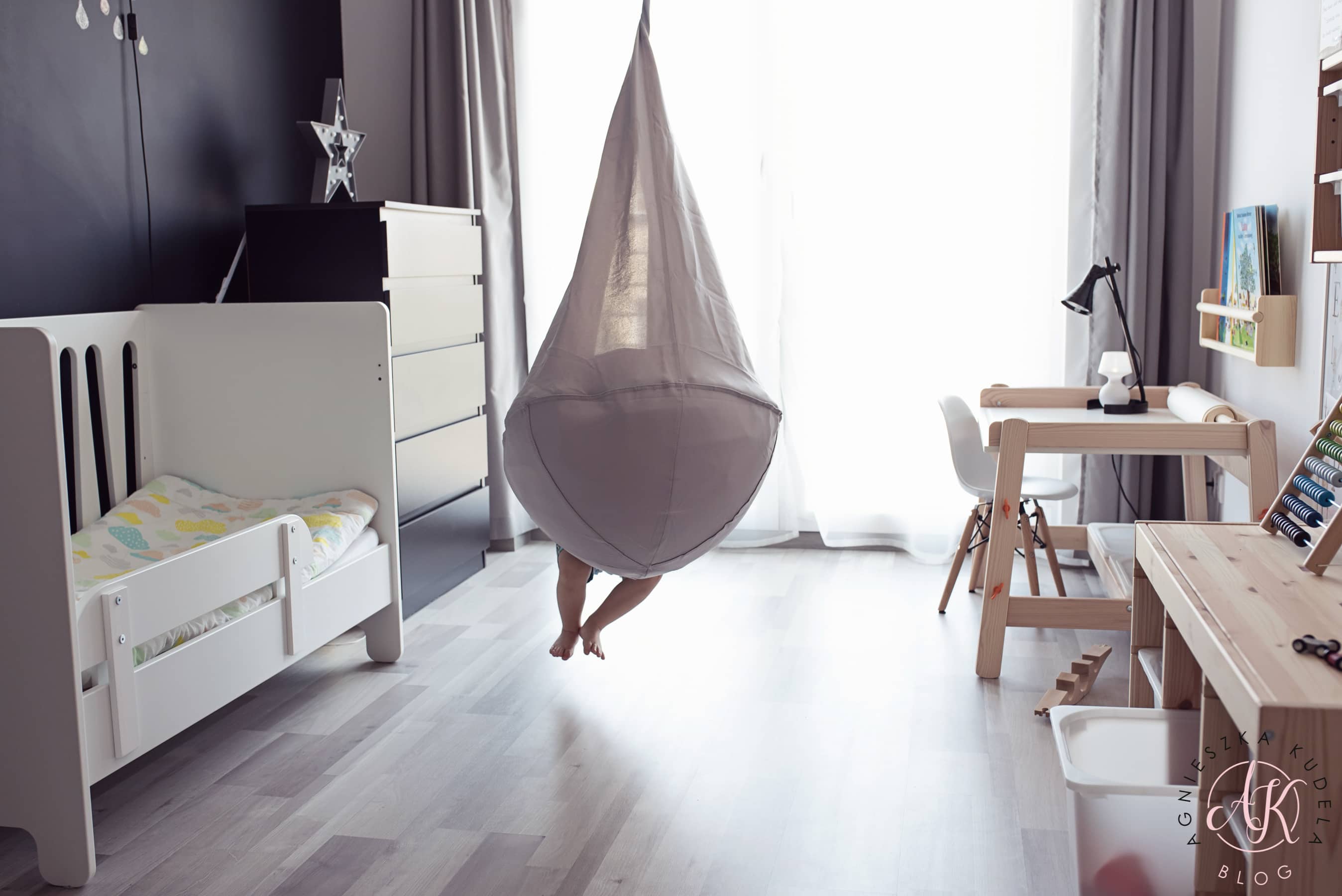
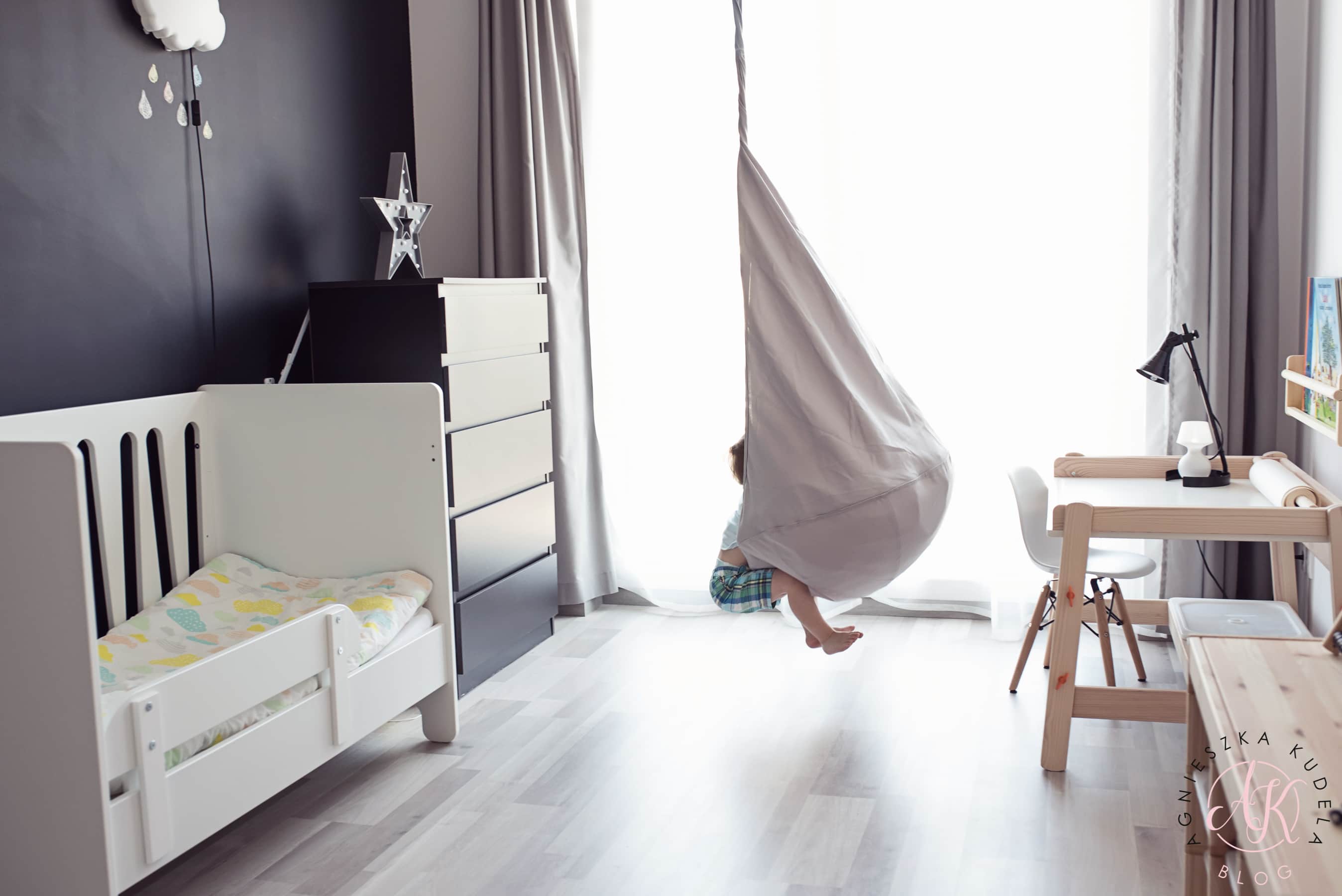

How to illuminate the play area?
Above all, the play area illuminates us upper light – here we also focused on LED lighting, by mounting a Toshiba LED bulb with a power of 15 W, corresponding to a power of 100 W traditional light bulb!! Not only does it fantastically illuminate the entire room, but also perfectly complements the light in the desk lamp during evening activity at the desk.
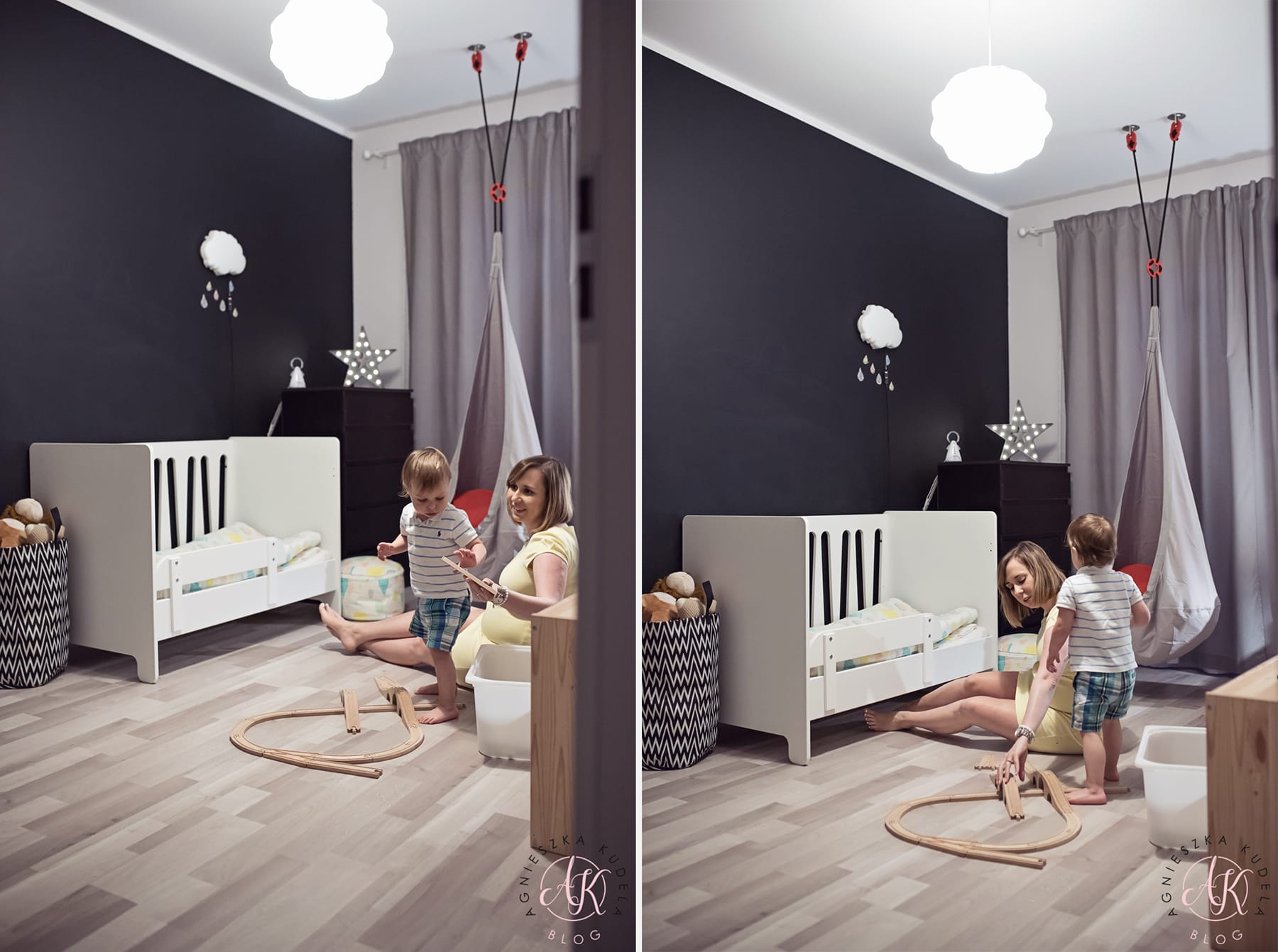

Sleeping zone
That’s it crib has been with us from the beginning, but in a slightly different version – we dismantled one side and replaced the railing in its place, which prevents Santa from falling out of the cot while sleeping. Next to it a dresser for clothes, where we dress in pajamas every evening, and every morning we choose a kindergarten outfit.

How to illuminate the sleeping zone?
We hung above the cot lamp in the shape of a cloudwhich goes perfectly with our favorite bedding. As standard, the manufacturer equipped the cloud with a white cable, which we replaced with black, so that it “disappeared” on the blackboard wall. We installed in the cloud light bulb – a candle LED Toshiba with the power of 5,5 W and E14 thread (this smaller thread than the regular one marked E27), corresponding to a traditional 40 W bulb. Thanks to this we have light ideal for evening reading before bedtime – so intense that while reading for a quarter of an hour, I do not feel eye strain, and it is gentle enough to put Mikuś into a sleepy mood.
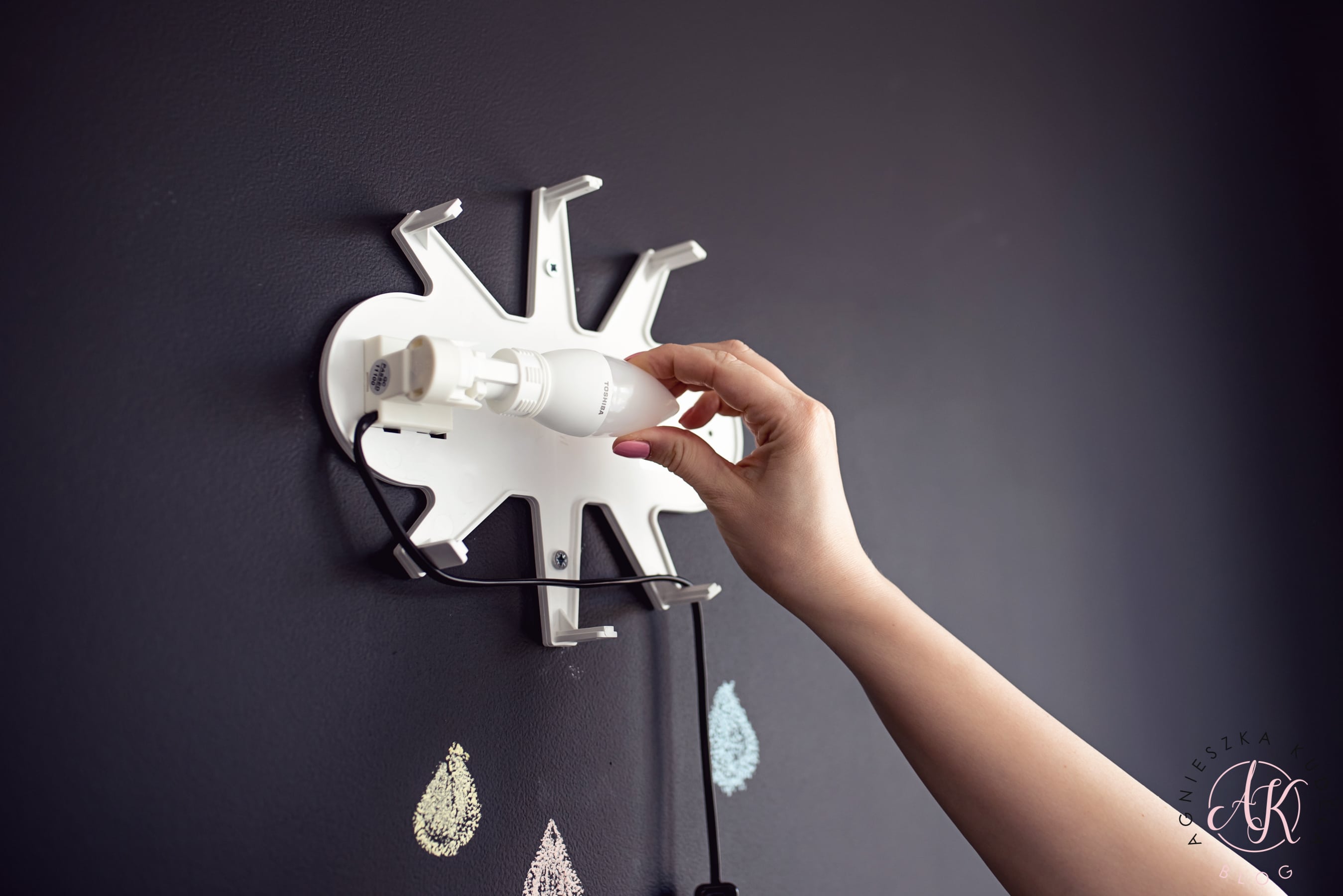




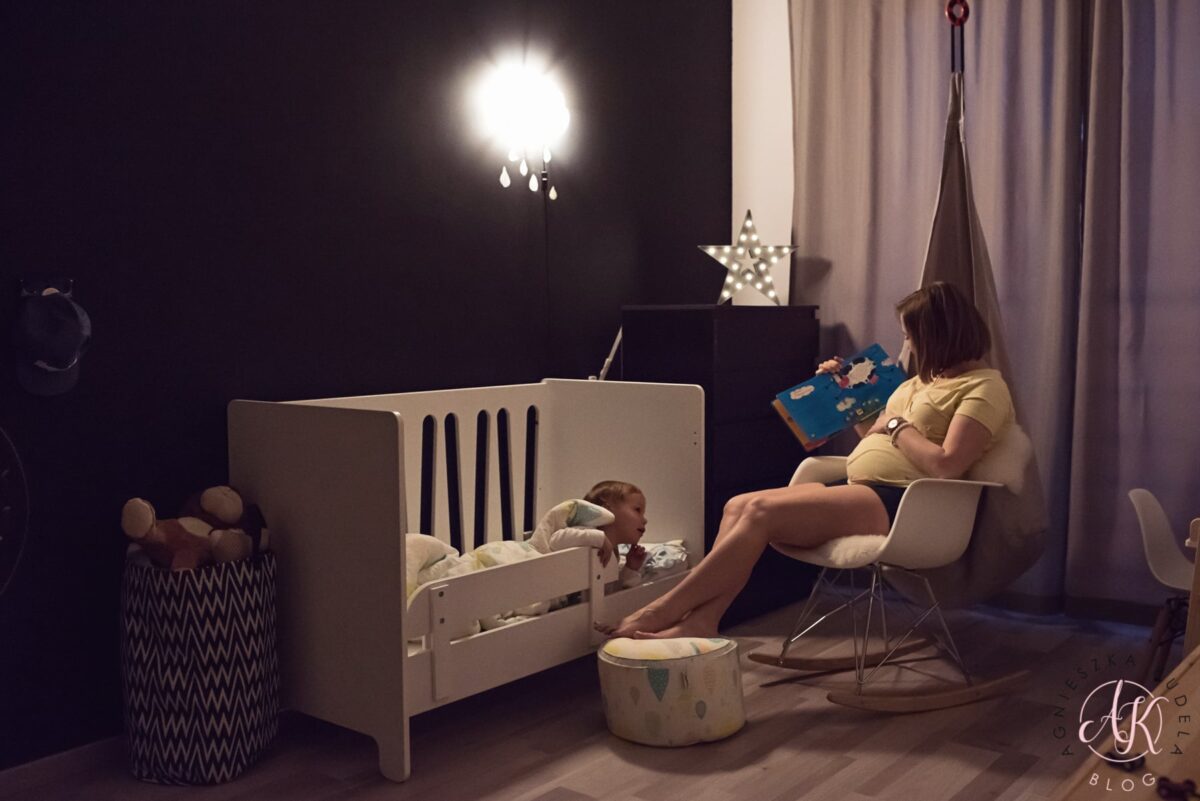
Why did we choose LED light?
When choosing lighting for your home, you can opt for: a traditional bulb, a halogen bulb, an energy-saving fluorescent lamp or an LED bulb.
LED bulbs have an advantage over traditional incandescent bulbs, halogen bulbs or energy-saving fluorescent lamps, and not just because they provide comfortable light for the eyes (without flickering like energy saving lamps) and uniform (does not cast shadows like traditional bulbs).
What else makes them different?
1. Energy saving
Let’s count how much it costs to light a bulb
The cost of lighting an 75 W bulb (assuming 0,6 PLN per kWh) would be annually: 0,6 PLN * 1.155 kh * 75 W = PLN 52
The cost of lighting an LED bulb assuming the equivalent of 75 W is only about 9 PLN.
Shining an LED bulb is 6 times cheaper! while maintaining a similar level of luminous flux (expressed in so-called lumens).
Alternative energy-saving lamps are not as economical as LEDs, because they are only 3 times cheaper to use, and in addition to unpleasant flickering, they also have so-called warming effect. During the first few (-teen) seconds, they consume more energy than during normal operation. During this time, the light they emit does not shine in full power declared on the packaging. Due to this fact, energy-saving fluorescent lamps are not suitable for rooms where the light is often turned on and off, such as a hall or a basement. Additionally, frequent switching on and off shortens their service life.
2. vitality
Let’s count how much time the bulb shines
Let’s assume that in summer we need to turn on the light at 19 p.m. and turn it off at 00 p.m. (21 hours of work), while in winter we need to turn on the light at 00 p.m. (2 hours of work). Let’s assume that we are at home 16 days a year – yes, yes, sometimes you have to do overtime at work, go on vacation or for Christmas at your mother’s;).
The bulb is lit: 165 days x 2 hours + 165 days * 5 hours = 1155 hours per year
Toshiba LED lamps have a lifetime of approximately 15 hours, ordinary light bulbs approximately 000 hours. As you can see, opting for an LED bulb, we can count on minimum 13 years of her work! At the time an ordinary light bulb should already be replaced 10-12 times!
3. Security
The LED bulb is plastic, so it won’t break like any other bulbs, thus ensuring safety when used, not only by children.
More pluses resulting from the use of LED lighting in your home, you can see here:

You can choose the perfect LED bulbs for your needs here.
PS And it all ends sometimes

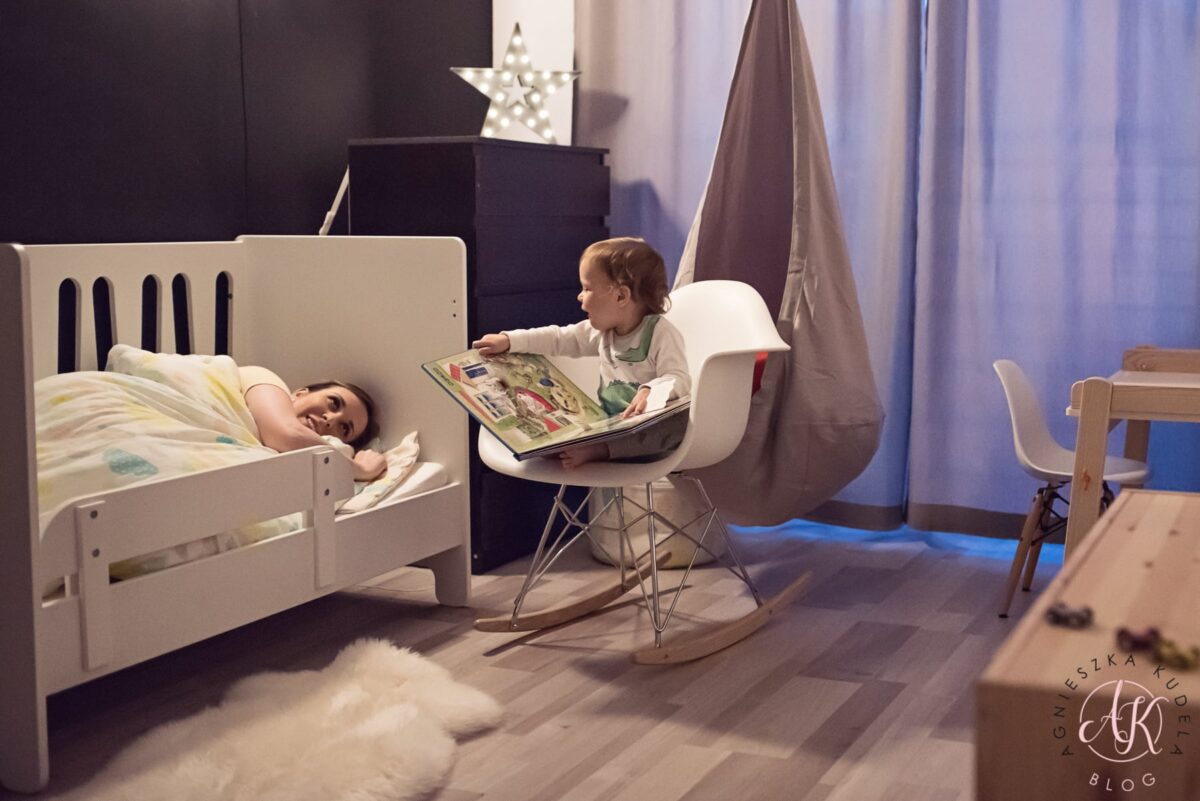
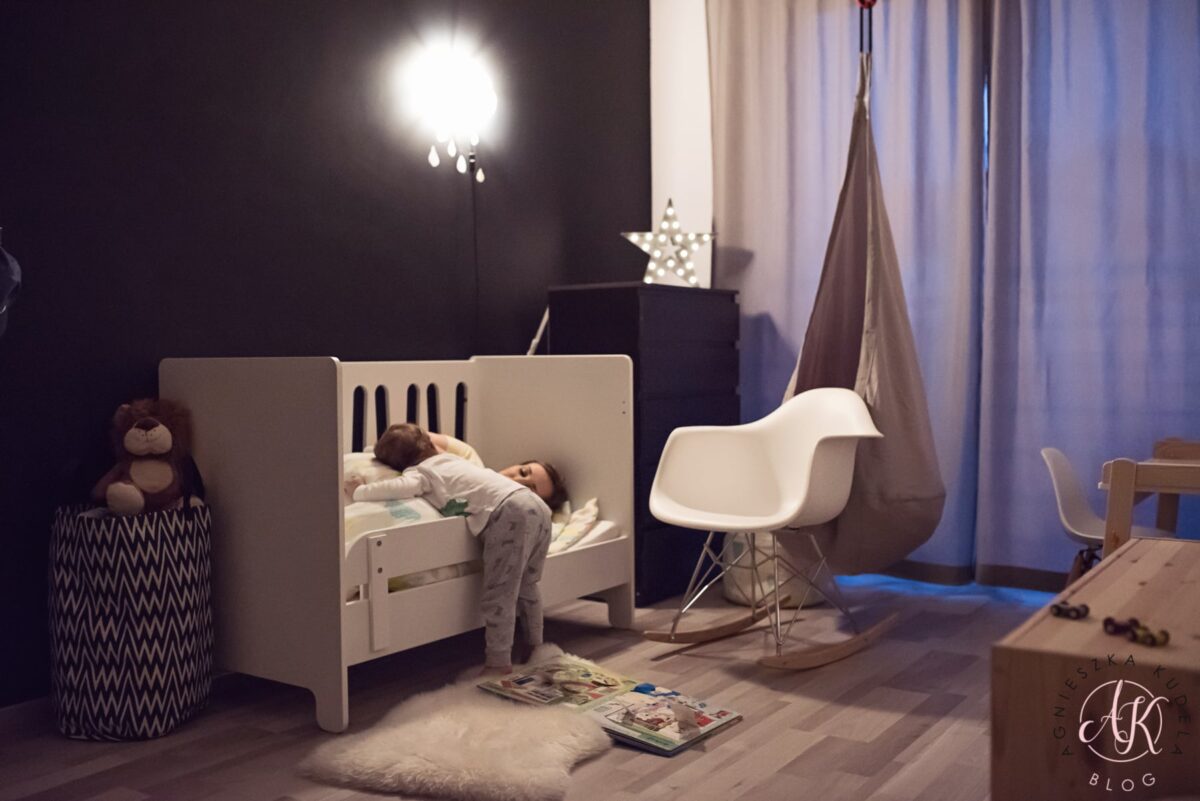

If you liked us, I would be pleased if you like or share:


